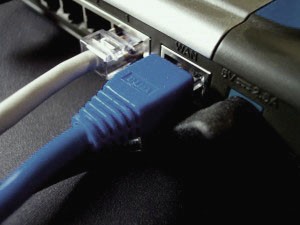As our lives become more dependent on the Internet, it is easy to understand people’s frustration when poor Internet performance prevents them from accomplishing ever-more important online activities. The Quality of Experience (QoE) when accessing the Internet is thus a key factor for today’s society. When users experience poor Internet QoE, they are often helpless. The complexity of Internet services and of user’s local connectivity has grown dramatically in the last years with the proliferation of proxies and caches at the core and of home wireless and 3G/4G access.
However, it is hard even for experts to diagnose the  sources of performance bottlenecks. We argue that the new rules for regulating Internet access and plans to improve it should focus on the end-to-end Internet QoE —i.e., the user experience when performing her usual online activities on the Internet—and should provide means for all different players to accurately diagnose the sources of poor Internet QoE. The objective of BottleNet is to deliver methods, algorithms, and software systems to measure Internet QoE and diagnose the root cause of poor Internet QoE.
sources of performance bottlenecks. We argue that the new rules for regulating Internet access and plans to improve it should focus on the end-to-end Internet QoE —i.e., the user experience when performing her usual online activities on the Internet—and should provide means for all different players to accurately diagnose the sources of poor Internet QoE. The objective of BottleNet is to deliver methods, algorithms, and software systems to measure Internet QoE and diagnose the root cause of poor Internet QoE.
Our goal calls for tools that run directly at users’ devices. We plan to collect network and application performance metrics directly at users’ devices and correlate it with user perception to model Internet QoE, and to correlate measurements across users and devices to diagnose poor Internet QoE. This data-driven approach is essential to address the challenging problem of modeling user perception and of diagnosing sources of bottlenecks in complex Internet services. BottleNet will lead to new solutions to assist users, network and service operators as well as regulators in understanding Internet QoE and the sources of performance bottleneck.




